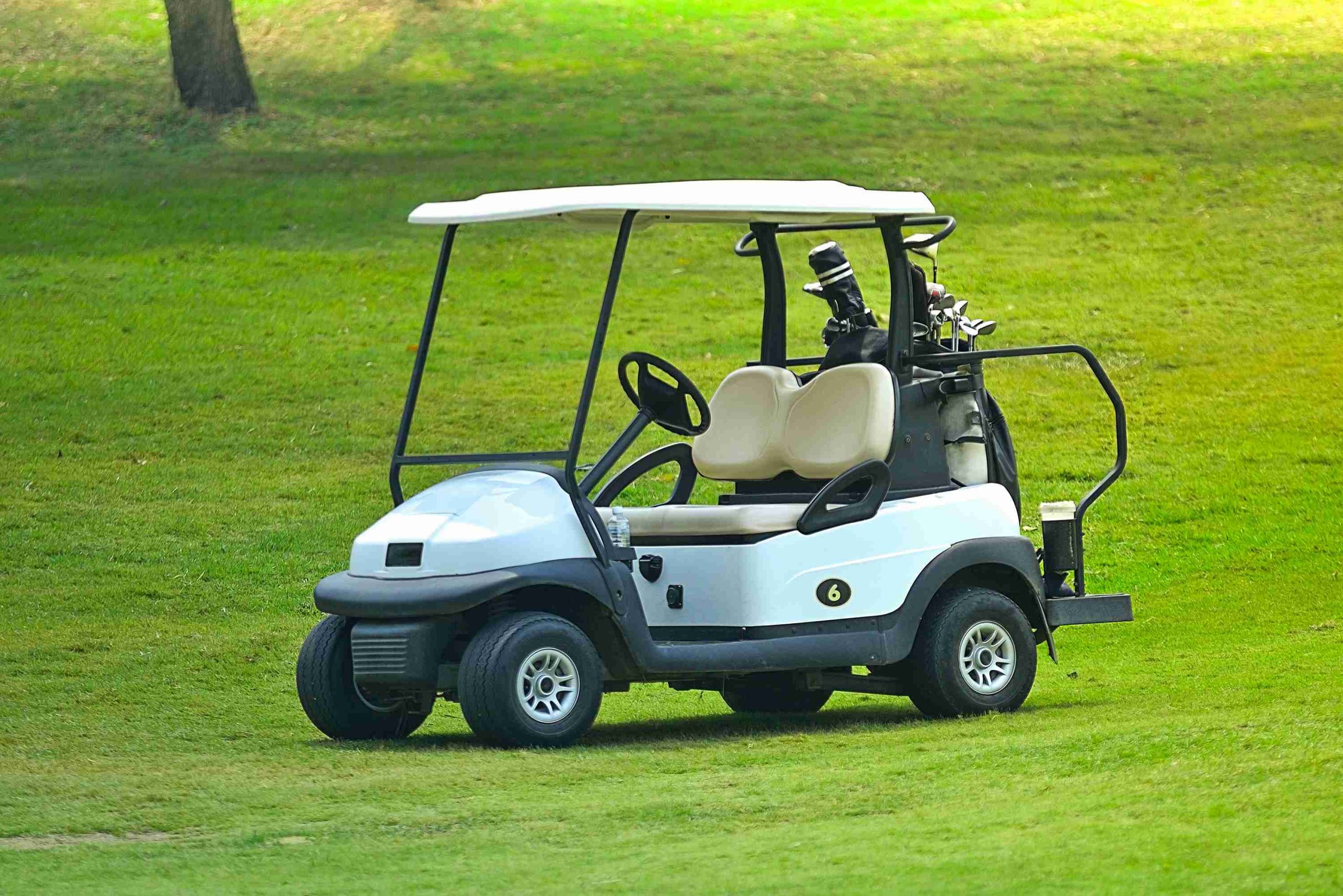Electric mobility is fast catching up in the world not only with cars but in all means of transport. In leisure and utility sectors, the electric golf cart has evolved from a simple golfing companion into a versatile vehicle used in resorts, gated communities, warehouses, and campuses. With increased eco-consciousness, operators are changing the usual fuel-powered carts to electric ones. At the heart of this shift lies a powerful innovation: LFP batteries.
These batteries are changing the way golf carts work and behave, and are known to be safe, stable and sustainable. In this article, we will discuss how the LFP technology is driving the next generation of clean, efficient mobility.
Why is the Electric Golf Cart Gaining Popularity Beyond the Golf Course?
Once confined to fairways, the electric golf cart has found new life in diverse environments. Electric carts have become an efficient option in short-distance transportation by urban planners, hospitality managers, and industrial logistics teams. Why? Since these cars provide silent use, low-maintenance and zero-emission at the tailpipe.
In resorts, electric golf carts provide a relaxed, eco-friendly way for guests to move about. They are convenient personnel and cargo movers in airports and factories. They have been used as an easier substitute to cars to run short errands within residential communities.
Their increased popularity is enhanced by design, comfort, and in this case, battery performance. The addition of modern LFP batteries has expanded their capabilities, making them more reliable, longer-lasting, and environmentally responsible. With green transport being given more emphasis in various industries, the lowly golf cart is fast becoming an invaluable tool in green urban and recreational design.
Performance Expectations and Efficiency Needs in Electric Golf Carts:
As their applications broaden, so do the expectations placed on the electric golf cart. Modern consumers are no longer satisfied with a comfortable ride, they demand powerful acceleration, higher driving range, and a possibility to drive uphill or carry a heavy load without any effort.
Fleet operators especially require low downtimes and predictable charging schedules. In an outdoor or busy environment, a cart is expected to be consistent regardless of the terrain or weather conditions. The reliability and efficiency of batteries have a direct effect on the continuity of operations.

The conventional lead-acid batteries fail to meet these expectations and they have a small range, require frequent maintenance, and they are slow to charge. In contrast, lithium-based batteries—especially LFP batteries—provide improved performance metrics. They are a perfect solution to the modern efficiency requirements due to their capability to provide constant voltage, rapid recharge and long life.
In the end, it is not only about being green anymore, but also about performing above expectations in real-life conditions with the LFP technology.
Understanding LFP Batteries: Composition, Benefits, and Applications
LFP batteries, short for lithium iron phosphate batteries, are a subtype of lithium-ion technology that offer several key advantages. They are composed of a lithium iron phosphate cathode that is characterized by a high thermal and chemical stability.
The safety of the LFP chemistry is one of the most outstanding aspects of the chemistry. Unlike other lithium-ion batteries, LFP cells are less prone to overheating or thermal runaway, making them highly suitable for vehicles like electric golf carts, which operate in open public spaces.
These batteries are characterized by long cycle life, as well, with many of the models capable of sustaining more than 2,000 full charge and discharge cycles with little capacity decay. In addition, LFP batteries offer faster charging, lower degradation over time, and better performance in high-temperature environments.
The uses of applications are not limited to golf carts, but are extensively used in electric buses, solar energy storage and backup. They are proving to be a hit in the mobility industry due to their durability and safety record as used by the users.
Why LFP Batteries Are a Game-Changer for Electric Golf Carts?
When paired with electric golf carts, LFP batteries unlock a new level of performance and reliability. To begin with, they provide a steady flow of power under different terrain and loading conditions, making them efficient even in hilly or demanding terrains.
Second, they do away with most of the issues related to lead-acid batteries, which include sulfation, constant water top-ups and limited life span. To operators this translates to reduced maintenance expenses and less downtimes.
LFP batteries also recharge much faster, reducing cart downtime. Their high cycle life means that there are savings in the long run since the replacements are not required that often.
In terms of environmental impact, LFP batteries are free of cobalt and nickel—two materials often criticized for their mining practices—making them a more ethical choice. The transition to LFP-powered golf carts is a strategic and responsible investment, as far as resorts, institutions, and fleet operators are concerned, who also want to meet sustainable objectives and enhance the efficiency of their services.
Comparing LFP Batteries with Other Battery Technologies in Golf Cart Applications:
Compared to traditional lead-acid batteries, LFP batteries offer a significantly longer lifespan, quicker charging, and better weight-to-performance ratios. They are also friendlier to the environment since they do not require acid disposal and continuous maintenance.
Against other lithium-ion chemistries (like lithium cobalt oxide), LFP offers superior thermal stability and safety—key for public and commercial electric golf cart use. Although the energy density of LFP might be a bit lower, the trade off is definitely worth it in most golf cart applications where cycle life, safety and constant output are paramount. These aspects render LFP the battery technology of choice of next-gen electric carts.
Conclusion:
As the mobility sector shifts toward greener alternatives, the electric golf cart stands as a quiet but powerful example of progress. And at the center of this evolution are LFP batteries—combining safety, efficiency, and sustainability in one advanced solution.
Whether it is a resort or a retirement community, these vehicles are changing the way short distance travels are being done. The combination of LFP battery technology makes the performance improved, cost reduced, and environmental responsibility increased.
Thinking forward, the combination of electric carts and high-performance batteries will remain one of the innovation drivers of low-emission transport. It is not only going electric, it is about doing it clean and smart.


